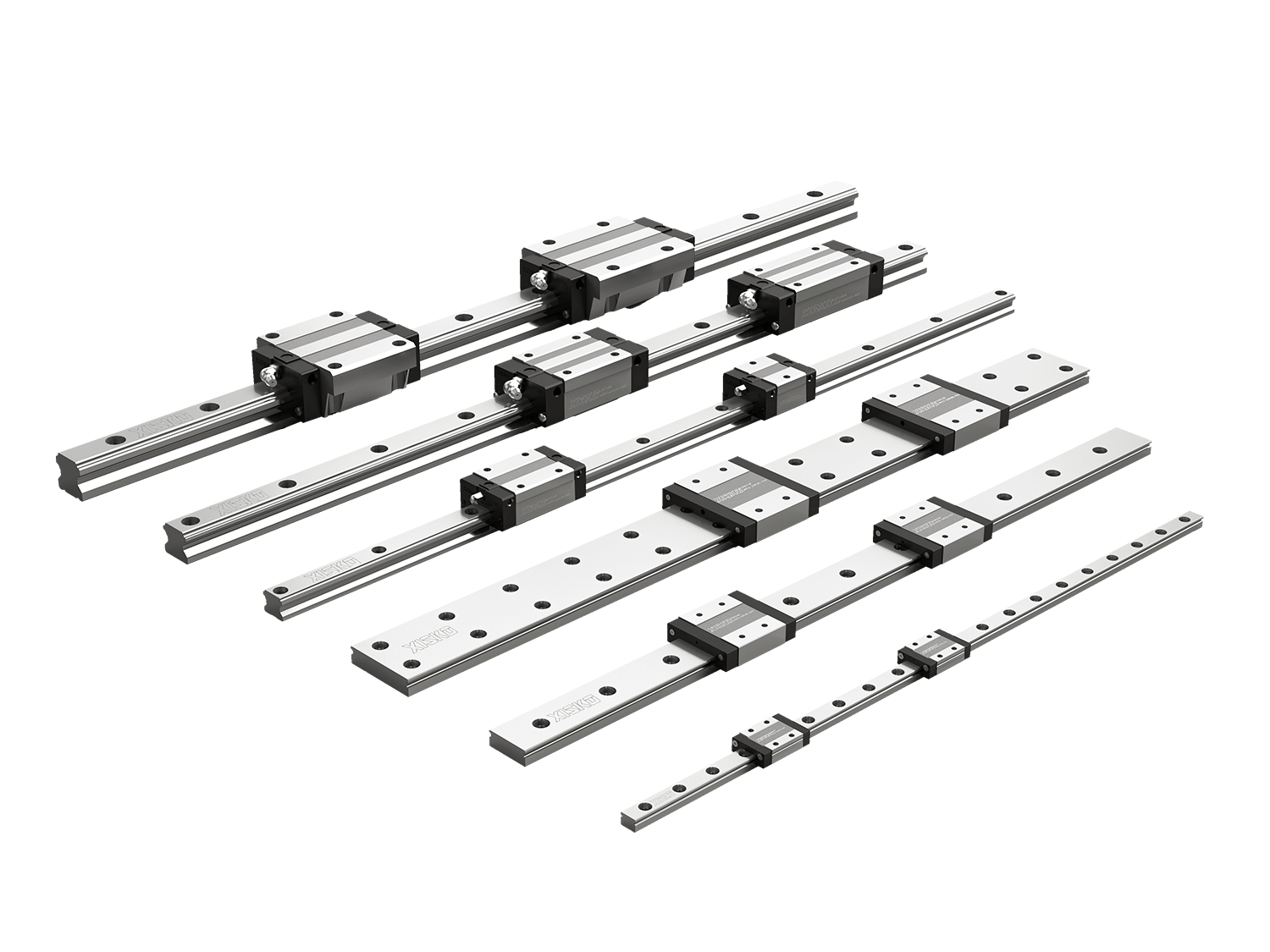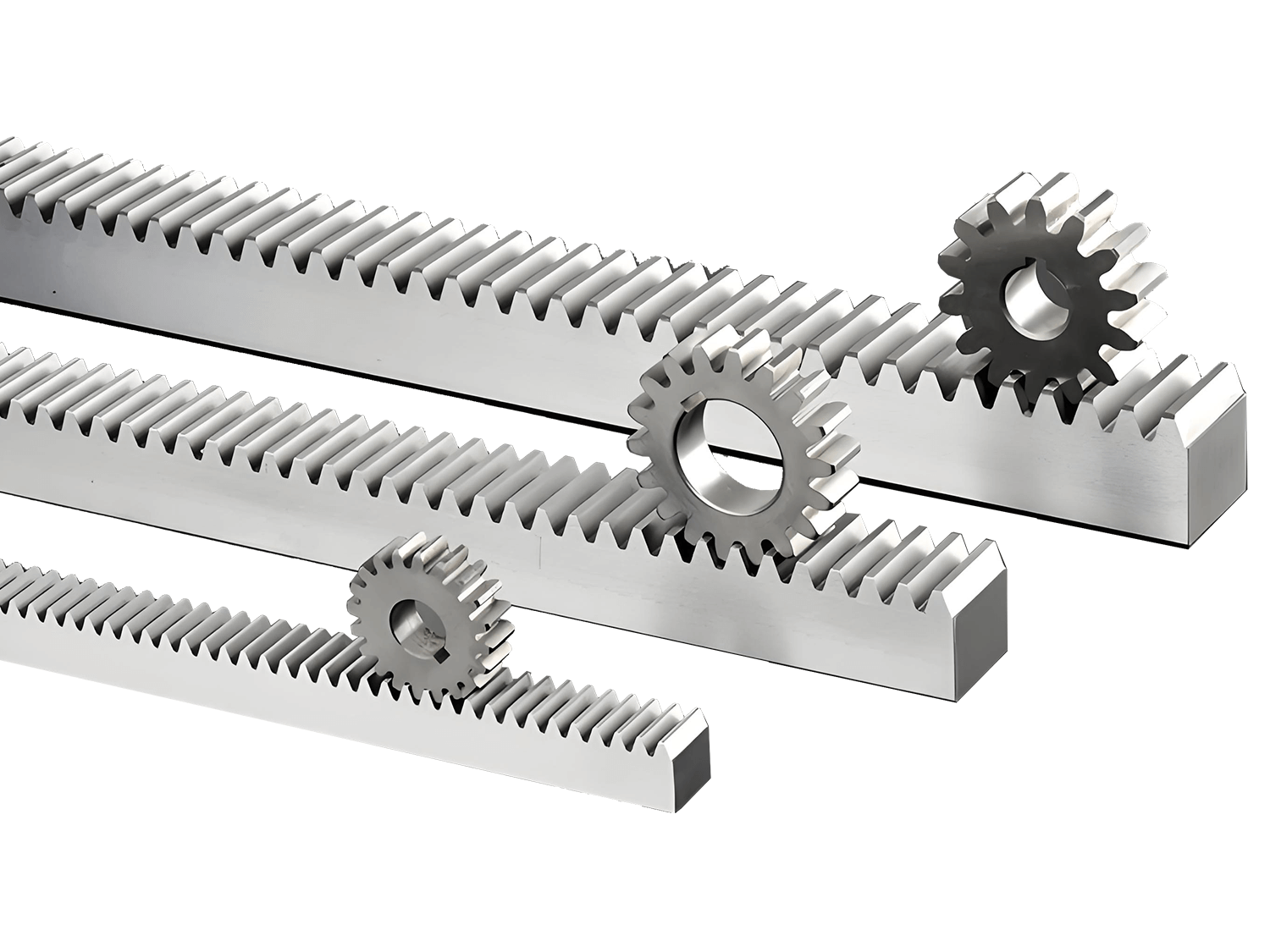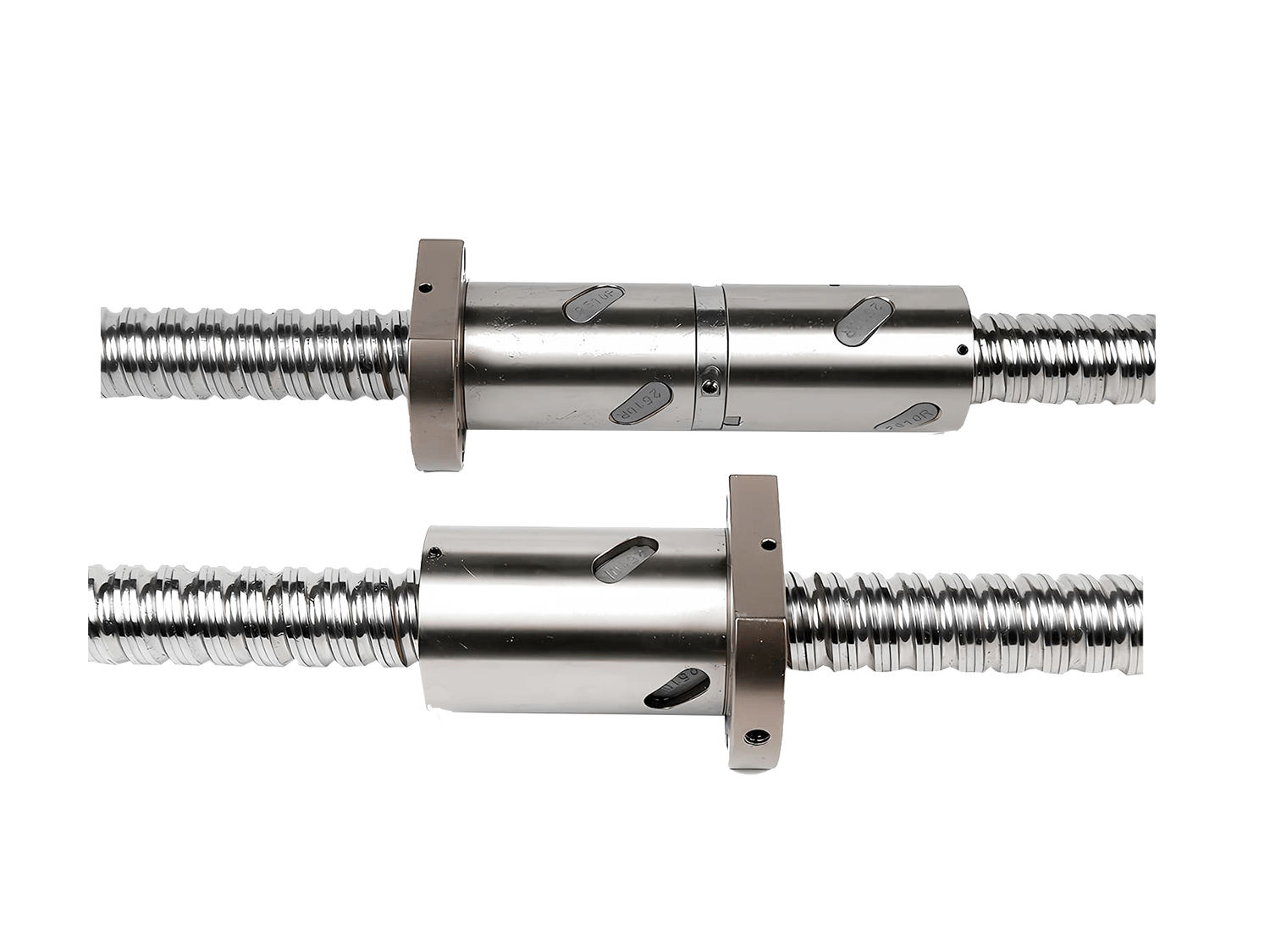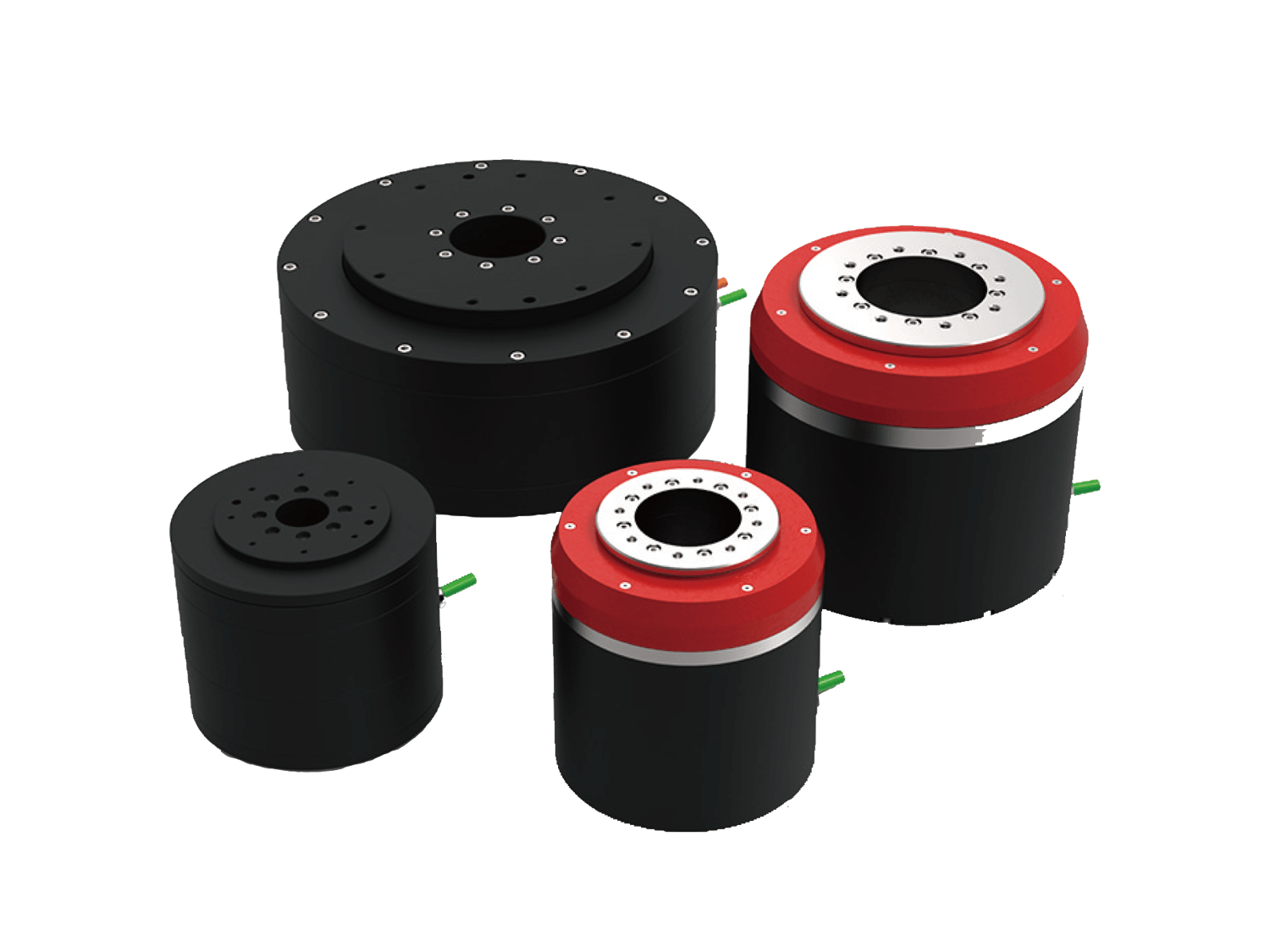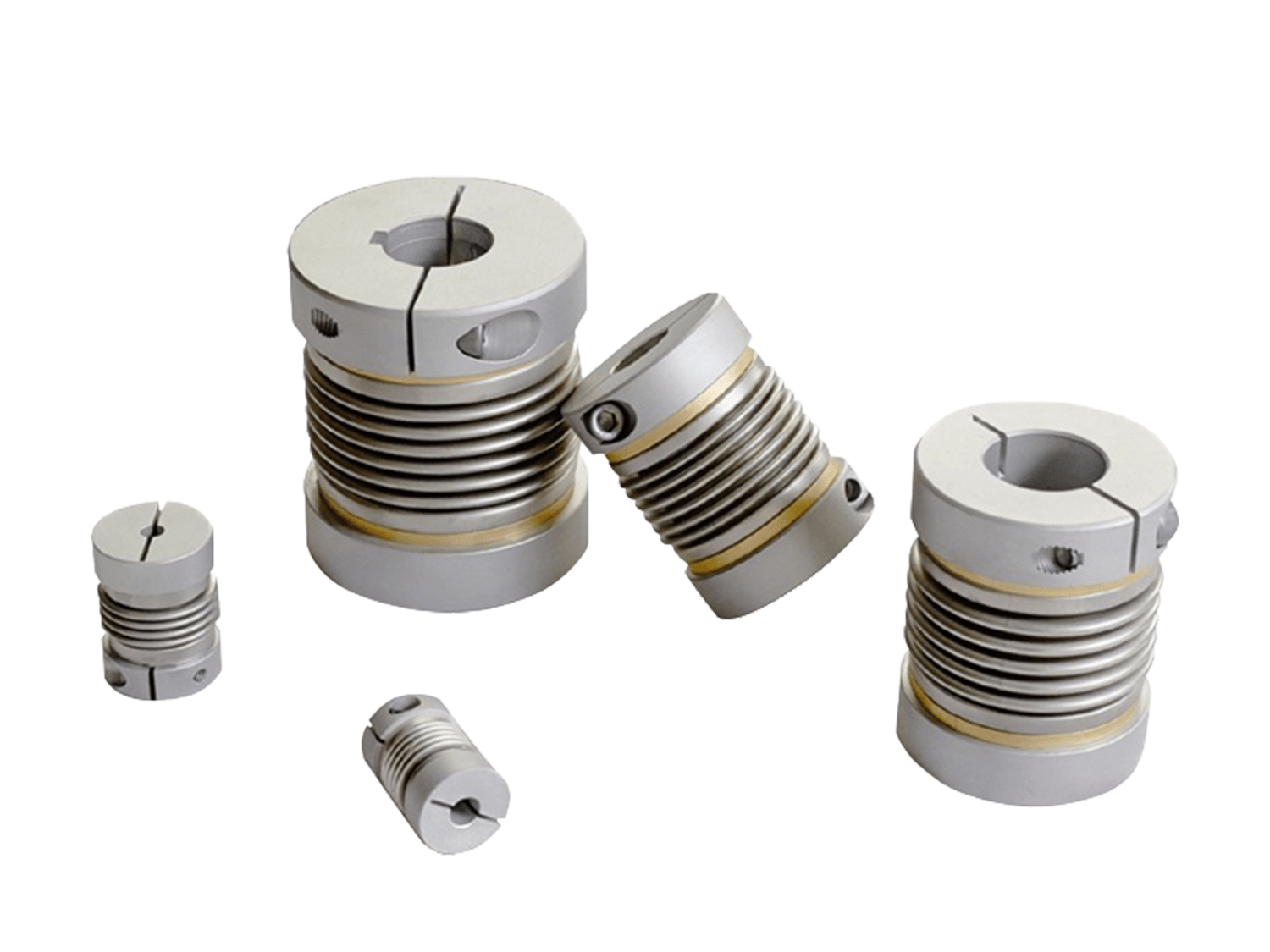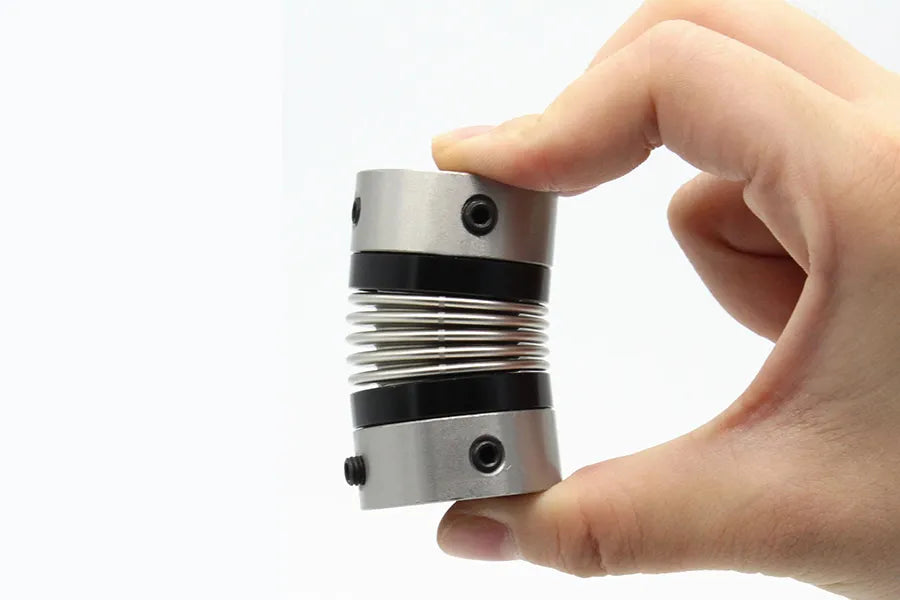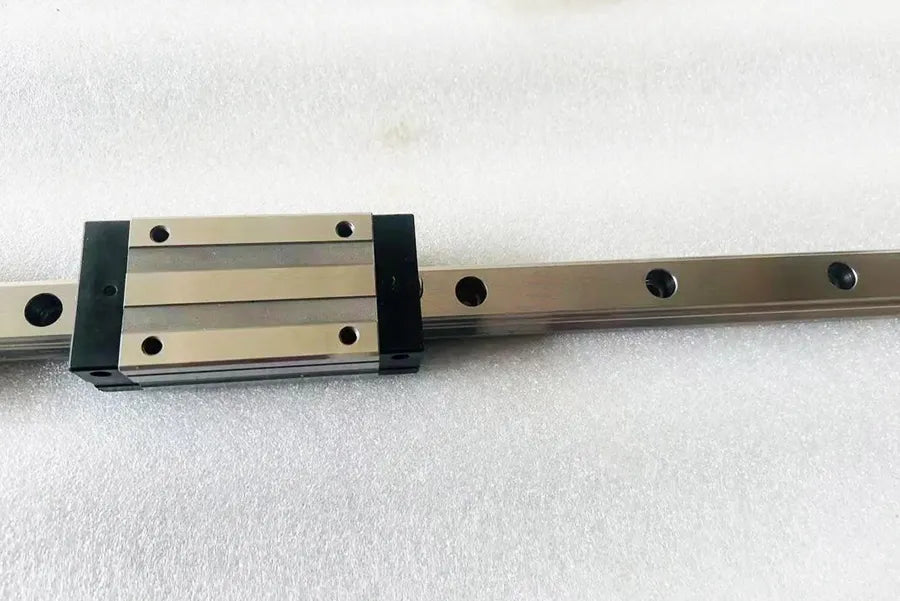In modern CNC machine tools, automated equipment, and various types of precision machinery, linear guides and rails are core components for achieving high-precision linear motion. By rotating balls or rollers in the rails, they convert friction from sliding to rolling. This significantly reduces energy consumption while enabling high-load, high-precision, and long-life motion control.
1. What are Linear Guides and Rails Used for?
The primary function of linear guides and rails is to achieve precise, smooth, and highly repeatable linear motion in mechanical equipment. They have a wide range of industrial applications, including but not limited to the following:
1.1 CNC Machine Tools and Machining Centers
In CNC milling machines, lathes, engraving machines, and other equipment, linear guides are used to drive the movement of worktables or tools. Their high rigidity and low friction ensure high precision even at high cutting speeds, reducing tool wear and improving surface quality.
1.2 Automated Production Lines
In automated production equipment such as packaging, assembly, and testing, linear guides ensure accurate conveying and positioning, enabling the fast and smooth operation of robotic arms, transport slides, and other equipment.
1.3 Semiconductor and Electronics Manufacturing
Semiconductor production equipment requires extremely high precision and cleanliness. Micro linear guides can achieve nanometer-level positioning in a dust-free environment, meeting the requirements of processes such as wafer processing and chip packaging.
1.4 Medical and Testing Equipment
In CT, MRI, and high-precision testing equipment, linear guides and rails ensure smooth movement of the scanning platform or detection head, resulting in clearer images and more accurate data.
2. Common Classifications of Linear Guides
2.1 Based on the Rolling Medium
- Ball-type linear guides and rails use steel balls as rolling elements, which exhibit point-to-surface contact. Therefore, they have low load capacity and correspondingly low friction resistance. Guide lengths can be connected, making them suitable for high-speed, light-load applications.
- Roller-type linear guides use steel columns as rolling elements, which exhibit line-to-surface contact. Compared to ball-type guides of the same volume, they offer higher rigidity and load capacity, but are more expensive. They are often used in high-rigidity, heavy-load applications. Guide lengths cannot be connected, and ball-type guides are predominantly used in automation equipment.
2.2 Based on the Load They Bear
- The heavy-duty, floor-mounted, and wide-width linear guides and rails all feature four rows of steel balls, offering high rigidity and high load capacity. The heavy-duty model is suitable for high-load equipment.
- The low-profile model reduces the assembly height and shortens the slide length, making it ideal for equipment in confined spaces.
- The wide-width model reduces the assembly height while increasing the guide rail width, allowing for greater allowable torque. It is typically used in structures with limited space and high torque.
- Miniature linear guides have only two rows of steel balls, resulting in a compact structure with a reduced contact surface area. They are suitable for small, lightweight equipment.
3. Why are Linear Guides So Expensive?
3.1 High-Precision Manufacturing Process
Linear guides undergo multiple processes, including precision grinding, lapping, and heat treatment. The straightness, parallelism, and roughness of the guide rail surface must be extremely high (typically at the micron level). This level of manufacturing precision requires expensive equipment and a high level of process control.
3.2 Material and Heat Treatment Requirements
High-quality linear guides and rails are typically made of wear-resistant materials such as high-carbon chromium bearing steel and stainless steel, and undergo quenching and tempering to ensure surface hardness and toughness. These materials are inherently expensive and difficult to process.
3.3 Rolling Element and Cage Design
The balls or rollers within a linear guide must be uniformly sized and have an extremely smooth surface finish to ensure smooth rolling. The precision of these rolling elements and cage structures directly determines the lifespan and performance of the guide.
3.4 Brand and Quality Assurance
Reputable brands invest heavily in R&D, quality testing, and after-sales service, and their prices reflect their premium and reliability.
4. Common Problems and Solutions for Linear Guides
Even high-quality linear guides and rails may experience problems over time. The following are common problems and solutions:
Problem 1: Stuttering and Jamming
Possible Causes: Insufficient lubrication, foreign matter intrusion, and rolling element wear.
Solutions:
- Regularly add specialized lubricant or grease;
- Install a dust cover or protective shield in harsh environments;
- Inspect the slider for wear or defects and replace if necessary.
Problem 2: Severe Guide Rail Wear
Possible Causes: Long-term high-load operation, improper lubrication, and installation errors.
Solution:
- Select guide rails of appropriate specifications based on the actual load;
- Ensure the accuracy of the mounting surface to prevent uneven loading;
- Perform regular maintenance to maintain lubrication and cleanliness.
Problem 3: Excessive Noise
Possible Causes: Damaged rolling elements, insufficient lubrication, or damage to the track surface.
Solution:
- Check for damaged balls or rollers and replace them promptly;
- Increase lubrication frequency or change lubricant;
- Polish the tracks or replace the guide rails.
Problem 4: Corrosion and Rust
Possible Causes: Humid working environment or contact with corrosive chemicals.
Solution:
- Select stainless steel or anti-corrosion coated guide rails;
- Increase moisture-proofing and ventilation in the working environment;
- Regularly apply anti-rust oil.
Summary
Linear guides and rails are more than just transmission components; they are the foundation of high precision in modern manufacturing. They are a key factor in achieving high speed, high precision, and high reliability in CNC machine tools, automation equipment, electronics manufacturing, and medical testing.
